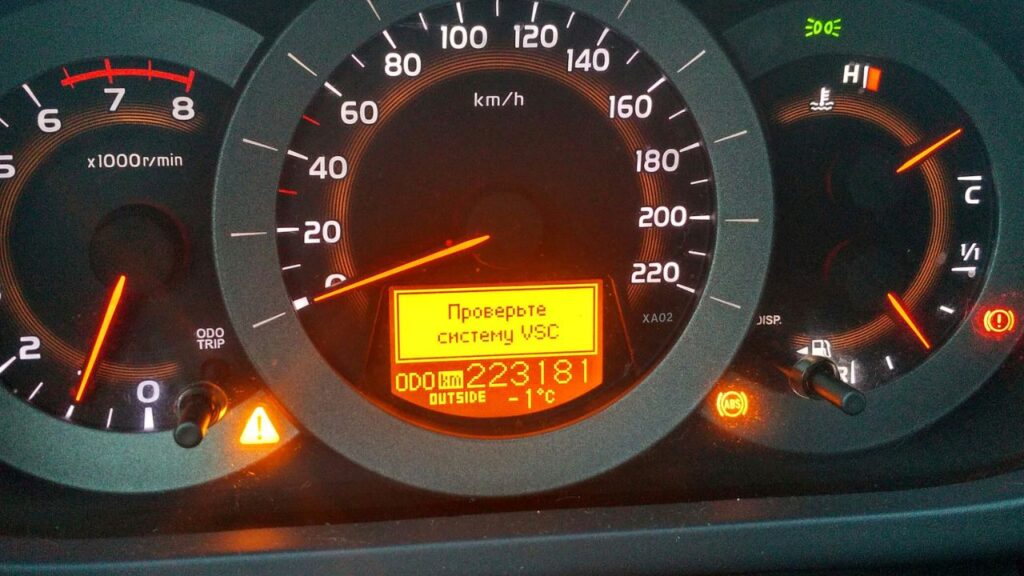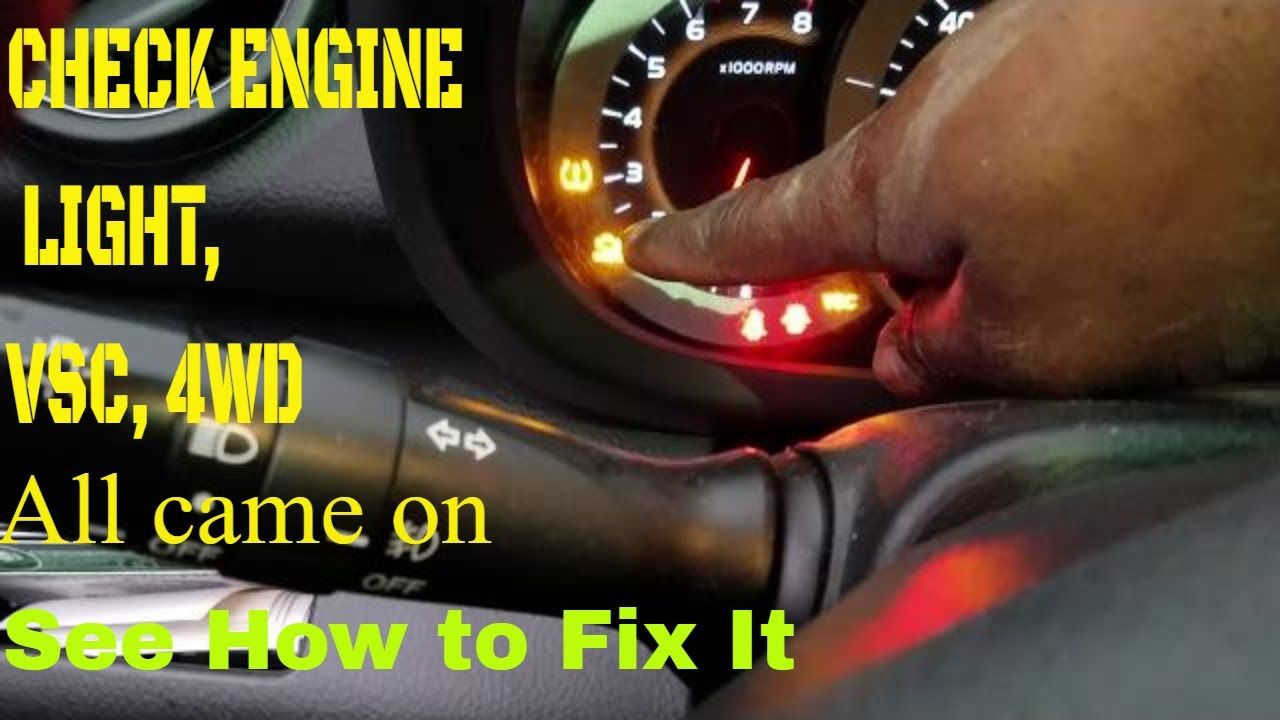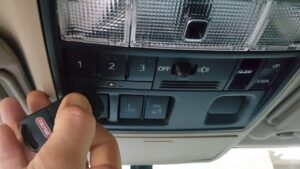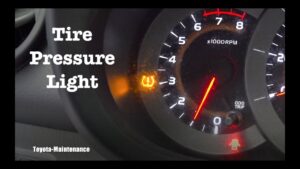The appearance of Check Engine, Vehicle Stability Control (VSC), and Four-Wheel Drive (4WD) lights on a Toyota RAV4 dashboard indicates potential issues with the engine, VSC, or 4WD systems. Prompt diagnosis and addressing underlying problems are crucial for vehicle safety and reliability.
Causes of Check Engine, VSC, and 4WD Lights Appearing Simultaneously.
When the Check Engine, Vehicle Stability Control (VSC), and Four-Wheel Drive (4WD) lights all illuminate at once, it indicates that multiple issues are at play in your vehicle. The simultaneous appearance of these warning lights can be attributed to various underlying causes. Engine-related problems such as a malfunctioning oxygen sensor or fuel system issues can trigger the Check Engine light.
Issues with the Vehicle Stability Control (VSC) system, such as faulty sensors or actuators, can lead to the VSC light coming on. Similarly, malfunctions in the Four-Wheel Drive (4WD) system, like problems with the transfer case or differential, can cause the 4WD light to illuminate.
Addressing these underlying issues promptly and accurately diagnosing the root cause is essential to ensure your vehicle’s continued reliability and safety on the road.
Engine-Related Issues
One possible cause is a malfunction within the engine itself. This could include issues such as a faulty oxygen sensor, a misfiring engine, or a problem with the fuel system. Any of these issues can trigger the Check Engine light to come on and may affect the performance of other systems in the vehicle.
Vehicle Stability Control (VSC) System Problems
The Vehicle Stability Control (VSC) system is designed to help maintain traction and stability during cornering or evasive manoeuvres. If there is a problem with this system, such as a faulty sensor or a malfunctioning actuator, it can trigger the VSC light to illuminate along with the Check Engine light.
Four-wheel drive (4WD) System Malfunctions
In RAV4 models equipped with four-wheel drive capabilities, issues with the 4WD system can also cause the warning lights to come on. This could be due to problems with the transfer case, differential, or other components of the 4WD system.
Diagnostic Methods to Identify the Root Cause
When faced with the Check Engine, VSC, and 4WD lights illuminated simultaneously, accurately diagnosing the underlying issue is essential. Several diagnostic methods can help pinpoint the root cause of the problem.
OBD-II Scanner
Using an OBD-II scanner is the first step in diagnosing the issue. This tool can retrieve fault codes stored in the vehicle’s computer system, providing valuable insight into systems experiencing problems.
Visual Inspection
A visual inspection of the engine bay and undercarriage can also reveal potential issues such as loose connections, damaged wires, or fluid leaks. Inspecting the components related to the VSC and 4WD systems can help identify any visible signs of damage or wear.
Professional Diagnostic Tools
For more complex issues or if the root cause is not immediately apparent, it may be necessary to use professional diagnostic tools such as a scan tool or multimeter. These tools allow technicians to perform advanced diagnostics and sensor testing to identify the problem’s source accurately.
Common Solutions to Address the Issue
When faced with challenges, finding common solutions to address the issue is crucial. Whether troubleshooting a technical problem or resolving a conflict, having a set of proven strategies can make all the difference. These solutions are often rooted in communication, problem-solving, and collaboration.
Individuals and teams can navigate obstacles effectively by identifying the core issue and implementing practical steps. These common solutions provide a roadmap for progress and success, from brainstorming sessions to implementing action plans. Embracing these approaches fosters resilience and empowers individuals to tackle challenges head-on, leading to positive outcomes and growth.
Addressing Engine-Related Problems
If the issue is related to the engine, repairs may involve replacing faulty sensors, repairing wiring harnesses, or addressing fuel system issues. Frequent upkeep, such as spark plug replacements and oil changes, can also help prevent future engine-related problems.
Fixing VSC System Issues
For problems with the VSC system, repairs may include replacing malfunctioning sensors, recalibrating the system, or addressing issues with the ABS (Anti-lock Braking System). Ensuring proper tyre pressure and alignment helps maintain the effectiveness of the VSC system.
Resolving 4WD System Malfunctions
If the 4WD system is the culprit, repairs may involve inspecting and servicing components such as the transfer case, differential, and driveshafts. Regularly engaging the 4WD system and checking for unusual noises or vibrations can help detect potential issues early on.
Importance of Addressing the Lights Promptly

Ignoring illuminated lights like the Check Engine, VSC, and 4WD indicators can lead to serious issues, compromising safety and performance. Prompt attention to these warnings allows for timely diagnosis and repair, preventing potential accidents and costly damage.
By addressing the lights promptly, drivers ensure that their vehicles remain in optimal condition, reducing the risk of breakdowns and extending their lifespan. Regular maintenance and swift action, when warning lights appear, are essential for responsible vehicle ownership, promoting safety on the road and preserving the vehicle’s integrity.
Avoiding Potential Safety Hazards
Malfunctions in the engine, VSC, or 4WD systems can compromise the safety and drivability of the vehicle. Resolving these problems early on lowers the likelihood of collisions or mechanical failures while driving.
Preventing Further Damage to the Vehicle
Continued driving with illuminated warning lights can cause further damage to the affected systems, leading to more expensive repairs in the long run. Prompt action can lengthen the vehicle’s lifespan and minimize the need for costly repairs.
Conclusion
The appearance of Check Engine, VSC, and 4WD lights simultaneously in a Toyota RAV4 indicates potential issues with the engine, Vehicle Stability Control (VSC), or Four-Wheel Drive (4WD) systems. By accurately diagnosing the root cause and promptly addressing the underlying problems, RAV4 owners can ensure their vehicles’ continued reliability and performance on the road.
FAQ
Why is My VSC Light and Check Engine Light On?
VSC and Check Engine Light Toyota
However, if the VSC Off light appears, it means the VSC system has malfunctioned and been turned off by your vehicle’s onboard computer. This disabling of the VSC system may trigger the check engine light or may be caused by a semi-related issue.
Why is the VSC Light On in My RAV4?
Suppose the system indicates your tyres may be slipping. In that case, the slip indicator flashes to indicate that Vehicle Stability Control (VSC) and Traction Control (TRAC) are operating to regain traction. If the light stays on, it could indicate a TRAC/VSC system malfunction.
Can I Drive With the VSC and TRAC Off?
Take your vehicle to your local Toyota service centre to have a certified technician run the codes and pinpoint the issue. Driving your Toyota while the VSC OFF light is on is safe. However, we recommend cautious driving, especially in poor weather.
Why is My VSC Light, Check Engine Light on, and Car Shaking?
A blinking Check Engine light means something is seriously wrong with the emissions system. The shaking suggests you’re having a misfire, dumping unburnt fuel into the exhaust while making the engine shake. C, ignition coil, or wiring usually causes this.
How do you Turn Off VSC on a Toyota RAV4?
Check Engine VSC and 4wd lights on rav4, Hold the button for three seconds to turn off both TRAC and VSC. The TRAC OFF and VSC OFF indicator lights should appear. To turn both systems back on, push the button again.




